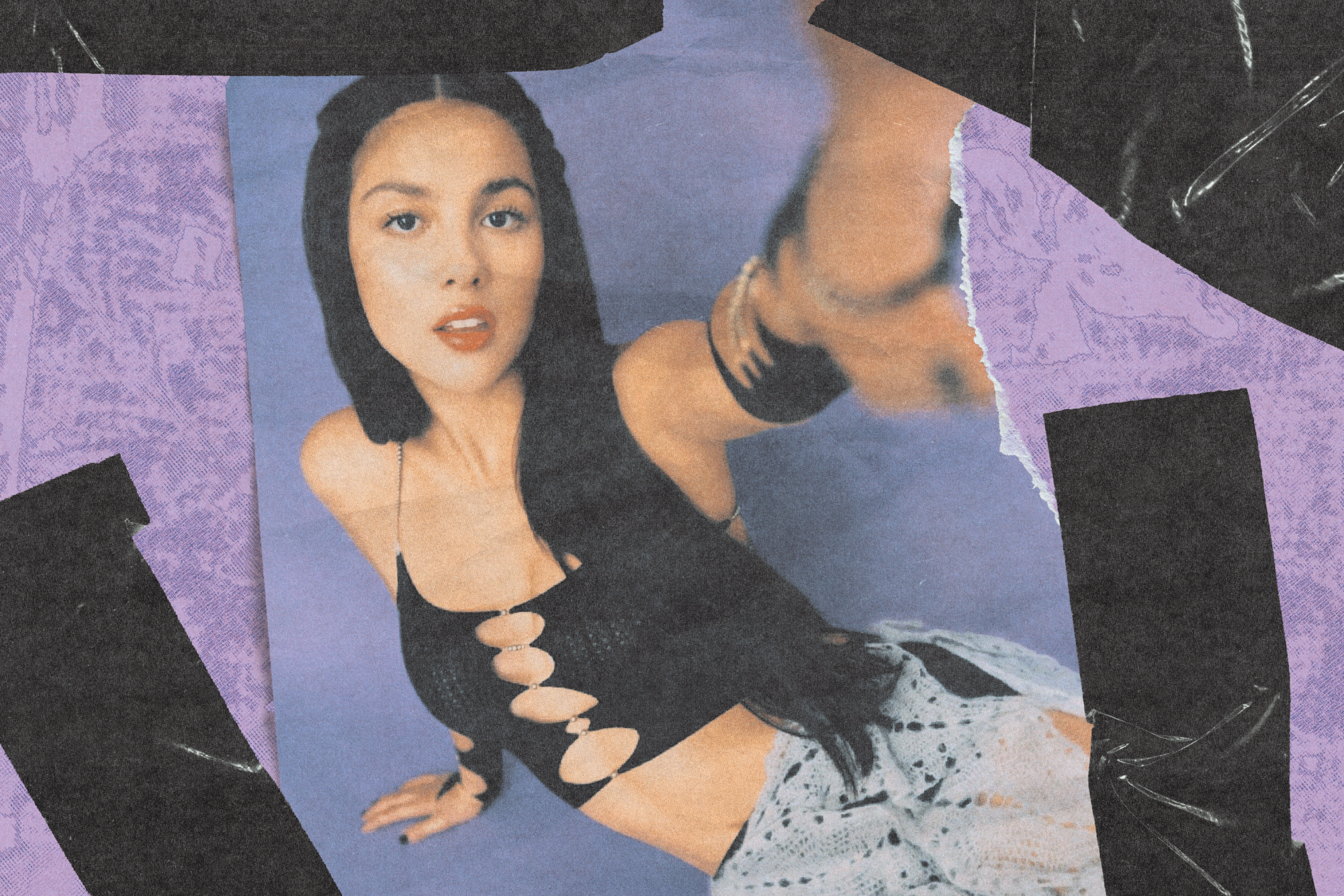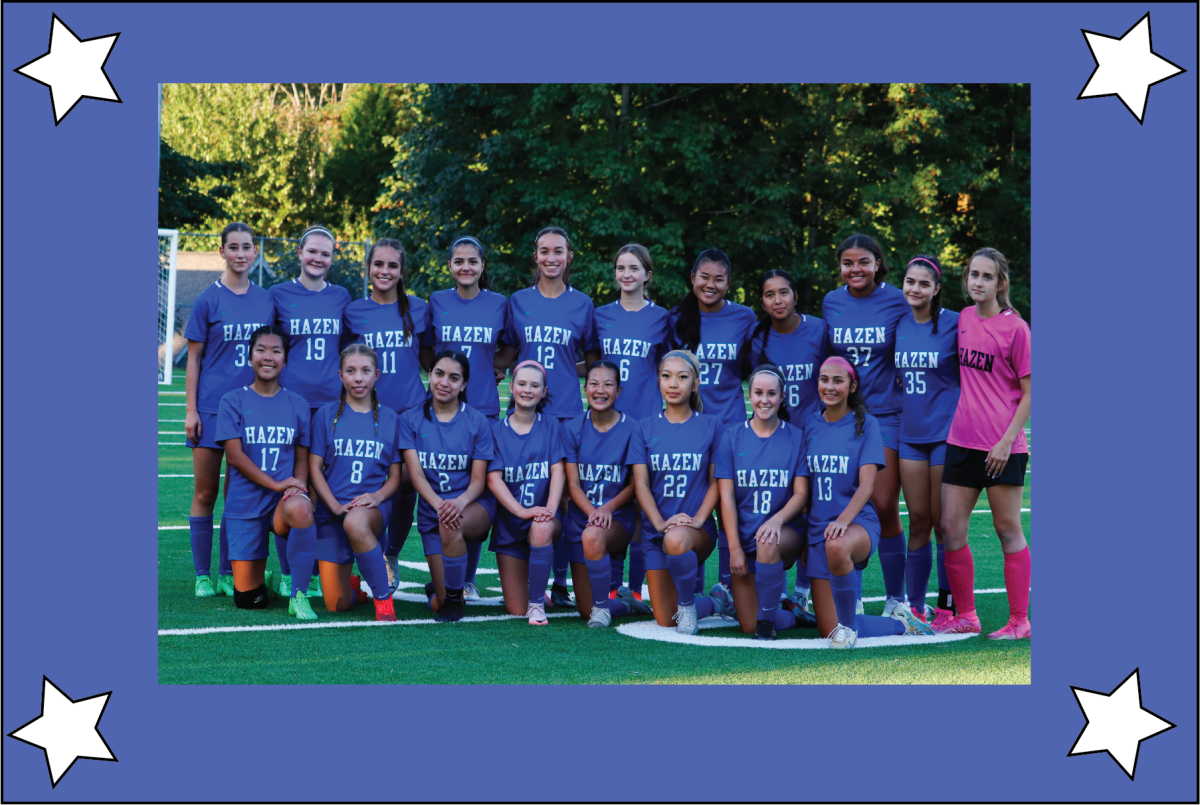Today’s pop culture climate has become increasingly oversaturated with aesthetics; people cling to every extrapolation of an aura or vibe from places, foods, stores, characters, shows, and yet the most prominent influence is from the it-girls, the celebrities. Blueberry milk nails, Coquette Cinnamon Cookie Butter hair, Blokecore: A plentiful list of uber-specific aesthetics that take a chokehold of the internet for weeks at a time. A big contributor to this creation of aesthetics (most definitely an intentional move by PR teams) is the release of albums. Not only can the instrumentals, the lyrics, and the production of the album exude specific energy, but the album art, the tour visuals, and the outfits can start fashion trends and eras of TikTok. The release of Olivia Rodrigo’s debut album Sour sent shockwaves of trends through the community of teenage girls and beyond, yet Guts seems to fall a little short.
Olivia Rodrigo had the harnessing of aesthetic absolutely nailed with her first album. Her raw, honest, relatably youthful interpretation of heartbreak and the teenage experience drew in millions of fans and skyrocketed her to the status of it-girl. She made the struggles of adolescence an aesthetic, no longer something to be embarrassed about. “And I can’t even parallel park” became a phrase for Instagram and captions and bumper stickers, not something to put girls to shame. She continued to deliver beyond her lyrics and musical themes woven throughout the album. Her release of Sour Prom brought us a transformed 80s energy, not to mention racking up nearly 32 million views, which were continued through her tour set and outfits. Metallic balloons, plaid skirts and pants, and absurdly chunky boots all became a trademark of Olivia’s own. Her tour sold out in minutes. The internet became instantly obsessed. Sour debuted as the No.1 album on the Billboard Hot 200 and “remains the longest-running debut album on the chart this century” according to Billboard. Her single Drivers License took the internet by storm before her album was even released, and her following singles “Deja Vu” and “Good 4 U” did not fall short. To put it bluntly, Sour was a smash hit. A unique aesthetic skyrocketed it beyond expectations, beyond traditional popularity. Guts failed to live up to this.
Guts Isn’t a Bad Album
I by no means mean to say that Guts is a bad album. I am proudly guilty of listening to it on many occasions and have authentically enjoyed a majority of the songs. The single, “bad idea right?” was a standout of the album, and its popularity matched that. She stuck with themes she is familiar with but transformed her sound into something new. She leaned into a more late 90s/2000s sound and it was a success. Her relatable lyrics and production of the line “Now I’m gettin’ in the car, wreckin’ all my plans/ I know I should stop-, but I can’t” is addicting and the unique syncopation of the song keeps listeners coming back for more. Although “Bad Idea Right” seemed to be the standout when it came to popularity, she had much stronger songs in my personal opinion that were far more mature thematically and vocally and solidified this album in the eyes of her fans. Songs like “all-american b***h,” “ballad of a homeschool girl” and “love is embarrassing” showed a reflection of her teenage years and the melodrama of heartbreak she seemed naive to in her first album. Her reflection not only proved her newfound personal musical maturity but followed the perspective of her teenage fans who have now turned into young adults. The reflection upon her own naiveties in her first album is paralleled by the fan’s reflection of their youth as listeners and die-hard fans of Sour. Beyond her almost satirical take on youth in her upbeat pop-rock number, she dives deeper into emotional ballads with “making the bed,” “logical,” and a personal favorite and the most differentiated from her first album “lacy.” Vocally, “lacy” immediately stands out to listeners, with breathy ambient lines that feel like Rodrigo is singing directly to you. In the last rendition of the chorus, you can hear the jealousy in her voice, a jealousy that has greatly impacted listeners and helped create a deep attachment to the song.
Like many pop albums, there are a few moments that fell short. “Pretty isn’t pretty” felt a bit elementary, and although an important underlying message, an unknowing listener would not be surprised when told it was written by a Disney Channel kid; something Rodrigo has been able to escape in other songs. It was a little on the nose. “The grudge” did very little to stand out and although “logical” has a very strong bridge the chorus lyrics “2+2=5” seemed forced and oddly syncopated. Aside from a few weak points in the album, Guts was an extremely fun listen and stood out enough to keep me coming back for more; So, if the album’s quality is clearly there, where did Rodrigo fall short?
Fans had been watching Olivia’s every move, waiting for her next album to drop after the wild success of Sour. Entire theories were developed about a sister album Sweet (as opposed to Sour) and fans went crazy over the subtle detail of her red lipstick and nails, believing her next album would follow the red theme, especially after the track name “vampire” was released. Following in the footsteps of Swiftie’s search for easter eggs, the fans were running wild with theories. You can imagine after her album cover finally dropped there wasn’t exactly disappointment but a clear lack of enthusiasm and an internet frenzy that could have happened. The cover was nothing special, nothing new. Although she is lying down instead of sitting as featured on the Sour album cover, the exact same purple background and focus on the album title are incorporated into her look in an unconventional way. Album cover art is an entirely unique art style that can go in an infinite amount of directions. From the hand-painted cover of Lorde’s Melodrama to the photo-less yet entirely striking album cover of Pink Floyd’s Dark Side of the Moon the choices are endless and so it felt disappointing that Olivia barely changed the vibe from her first album cover when the contents of it did not disappoint in the same way.
Starting off on the wrong foot with a very similar album cover put Rodrigo at an extreme disadvantage to the world of influencers and internet trends. Of course, being who she is and having a strongly established fan base allowed her a certain amount of virality on social media platforms, especially TikTok, but it could have gone so much further. Entire internet trends and fashion styles have been developed based solely on an artist’s album aesthetic whether that be the outfit they wear on tour, the cover’s art style, etc. And she entirely missed out on this opportunity. Lana Del Rey poses an excellent example of this. Her unique lyrical and musical style as well as striking album art have created an entire aesthetic that has kept her popularity going for nearly 12 years. Red lipstick, cherries, lace, and vintage americana emblems have all become Lana Del Rey trademarks. She dominates an entire genre of fashion and has even made her way into popular slang. Lanacoded: “A person that looks like a Lana del Rey song or looks like they’re written by Lana del Rey. They most likely have features that are dangerous but soft in a way.” According to the Urban Dictionary. Del Rey is a proven example that just an aesthetic can get you incredibly far in the pop culture environment of today. Although Taylor Swift is a poor example because fans have created an entire made-up album aesthetic based on a pack of scrunchies, the Eras tour set off an entirely new wave of concert attire and outfits. Olivia Rodrigo had the potential to do the same.
Guts was a smashing success of an album through its musical quality, but it could have gone so much further. A different album cover, color scheme, or outfit aesthetic could have taken it from just a good album to a revolution of fashion and internet trends. An impactful aesthetic from her first album quickly became redundant.








